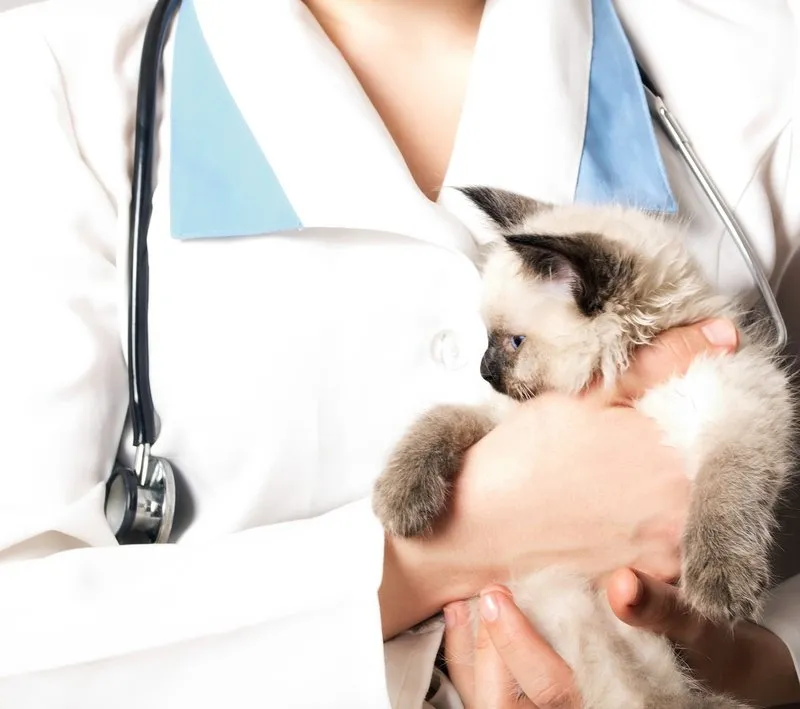Post-surgery can be a tricky time for pet owners—now more than ever, your pet needs your constant attention and care. Use these guidelines from a Black Hills veterinarian to help your pet’s recovery along in the best way possible.
Follow Vet’s Instructions
Rule number one: follow your vet’s instructions for your pet’s post-surgical care! Since the specific needs of a pet who’s just undergone surgery can vary widely based on the pet themselves, the surgery performed, medications your pet is on, and other factors, it’s extremely important to pay attention to your veterinary surgeon’s instructions. Ask about exercise, feeding, rest times, medication administration, and anything else you’ll want to know.
Monitor Pet
It may sound obvious, but it’s extremely important to keep a close eye on your pet after she’s undergone surgery. It’s very easy for a pet to overexert herself or get into a tight spot, potentially tearing stiches or injuring herself. Plus, if a pet’s been put under anesthesia, she may be nauseous or unsteady on her paws.
Watch Stitches, Wound Sites
As you’re monitoring your pet, remember to keep a watchful gaze on any stitching areas or wounds. While swelling is likely to occur after many surgeries, other symptoms like bruising, redness, discharge, pus, inflammation, bleeding, or unpleasant odors may be signs of a complication or health concern. Let your vet know as soon as you notice something abnormal.
Bathroom Breaks
A pet recovering from surgery shouldn’t be allowed outdoors, except for bathroom breaks. Support your pet outside, monitoring her carefully as she goes. Bring her right back when she’s done, and check with your vet if you’ve seen anything that seems amiss.
Keep Your Vet’s Number on Hand
Remember to keep your Black Hills veterinarian’s number close by at all times during your pet’s recovery. This stage is a joint effort between you and your veterinarian—feel free to check with them at all stages of your pet’s recovery.




!Social Media Icons